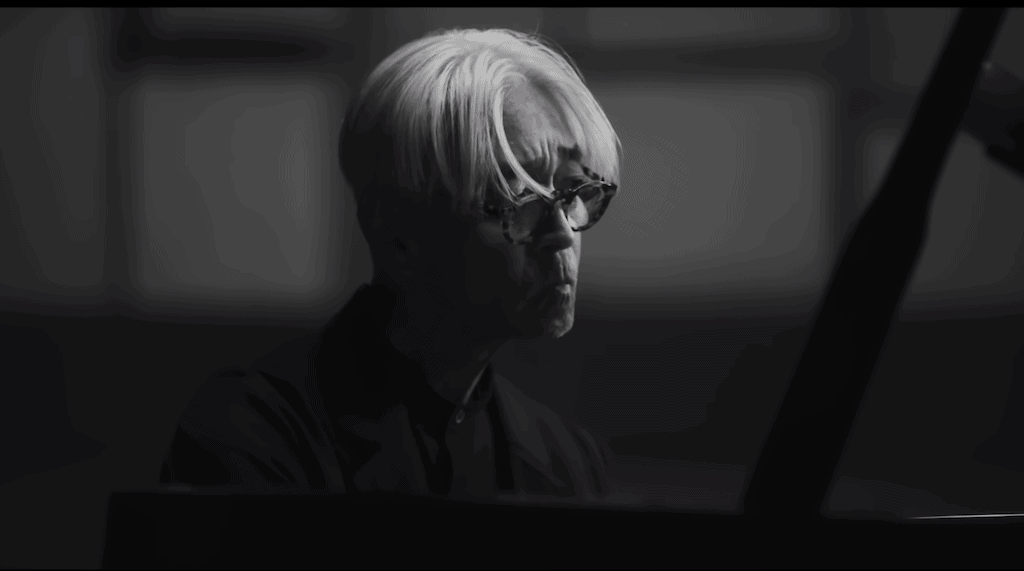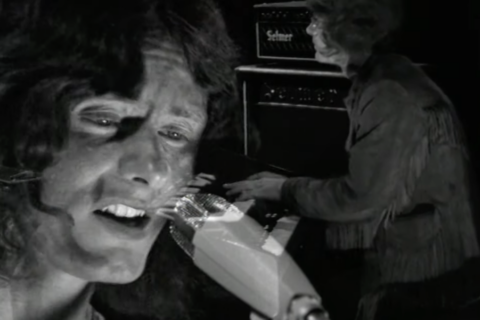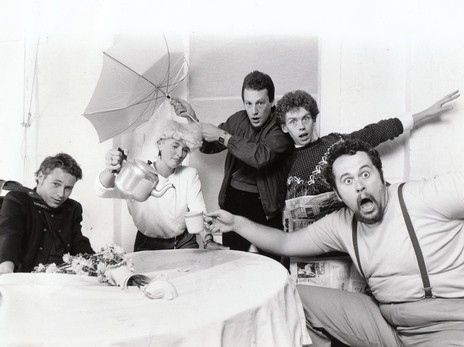Ryuichi Sakamoto died a few days ago, though the world only learnt about it today. GARY STEEL with a personal appreciation.
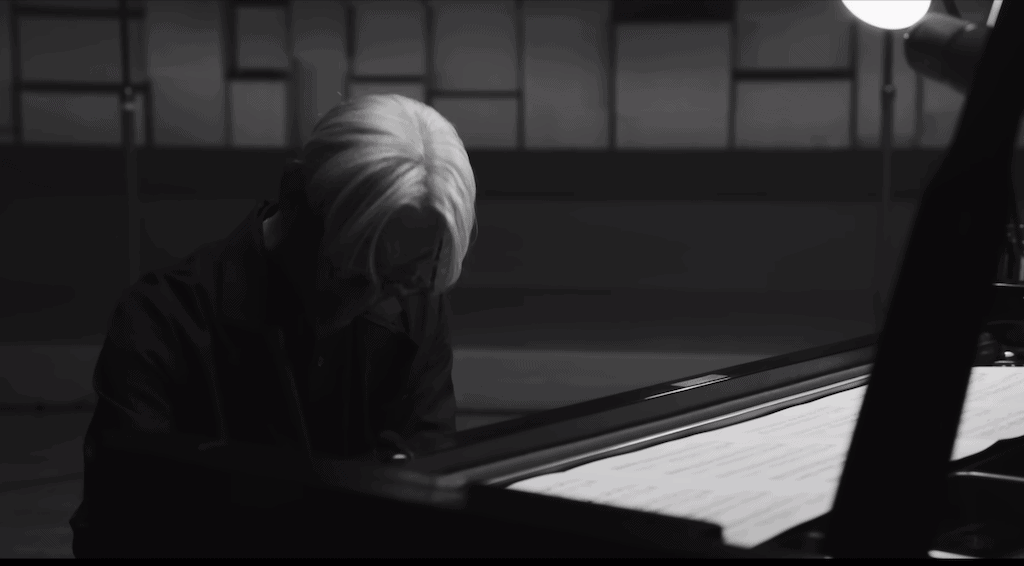 To his fans, Ryuichi Sakamoto’s death wasn’t unexpected. He’d given a final performance back in January, a live-streamed goodbye. The last episode of the long-running Radio Sakamoto podcast aired in early March. The cancer he’d been treated for five years before had returned, with a vengeance.
To his fans, Ryuichi Sakamoto’s death wasn’t unexpected. He’d given a final performance back in January, a live-streamed goodbye. The last episode of the long-running Radio Sakamoto podcast aired in early March. The cancer he’d been treated for five years before had returned, with a vengeance.
This morning my news feed is grinding away with Sakamoto obituaries. The better ones attempt to explain the extraordinary breadth of his career in music along with the influence he’s had on the development of popular music, but somehow, none of them gets close to revealing the essence of the mercurial genius who refused to acknowledge borders or to pit one aesthetic against another. It’s impossible, really.
Support Witchdoctor’s ongoing mission to bring a wealth of new and historic music interviews, features and reviews to you this month (and all year round) as well as coverage of quality brand new, contemporary NZ and international music. Witchdoctor, entertainment for grownups. Your one-off (or monthly) $5 or $10 donation will support Witchdoctor.co.nz. and help us keep producing quality content. It’s really easy to donate, just click the ‘Become a supporter’ button below.
In my personal musical mythology, Sakamoto is more important than Prince and Bowie combined. And while that statement might produce guffaws from many and feel unnecessarily derisive to others, I admit to it because it is possible to look through the prism of popular culture with a different lens.
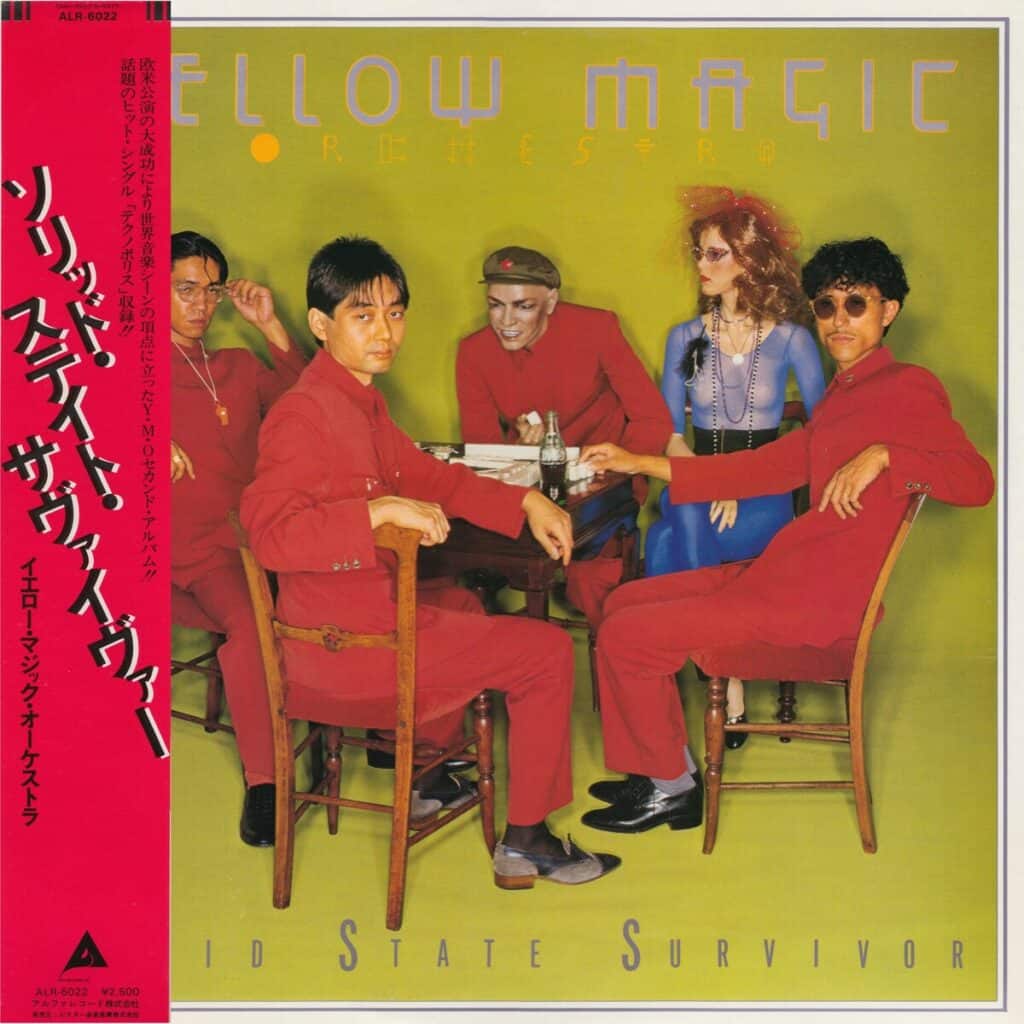 Admittedly, however, Sakamoto’s discography is a difficult thing to comprehend, let alone explain. It doesn’t help that through much of his career those of us in English-speaking countries have looked at territories outside of the UK and the USA as being somehow less musically worthy. Add to that the language barrier and the discrete nature of the Sakamoto interviews that do exist in English, and I guess many found Sakamoto, and the Japanese music scene in general, a nut that was just too hard to crack.
Admittedly, however, Sakamoto’s discography is a difficult thing to comprehend, let alone explain. It doesn’t help that through much of his career those of us in English-speaking countries have looked at territories outside of the UK and the USA as being somehow less musically worthy. Add to that the language barrier and the discrete nature of the Sakamoto interviews that do exist in English, and I guess many found Sakamoto, and the Japanese music scene in general, a nut that was just too hard to crack.
The obituaries generally explain how Sakamoto’s band of the late ‘70s and early ‘80s, Yellow Magic Orchestra (YMO) were often likened to a Japanese Kraftwerk, although they were also called “the Japanese Beatles”. Kraftwerk, because they harnessed the latest technology and their music sometimes humorously referenced contemporary gadgetry, as on ‘Computer Game’ from their debut album (1978). But Kraftwerk were robots, YMO was much closer to a traditional band, just leading-edge in its exploitation of technology. The Beatles, because they were the biggest-ever homegrown phenomenon in Japan, and while they sounded nothing like the Fab Four, they were influenced by them.
https://www.youtube.com/watch?v=U0ysj_OwHAk
YMO was a fortunate union, because bassist Haruomi Hosono was already a respected solo artist whose wide-ranging aesthetic would be responsible for the group’s early uptake of “bachelor pad” music. “Exotica” had been a dirty word in the West but the Japanese had a fondness for and a slightly satiric appreciation of artists like Martin Denny and their faux Hawaiian stereo demo aesthetic from the dawn of the long-playing record, and that sound was embedded in YMO from the start, as it would be in the music of many of the YMO satellite projects and later Japanese groups like Pizzicato 5. While Hosono had experience and writing talent, Yukihiro Takahashi (RIP) was a phenomenal drummer (some compare his style to that of Can’s Jaki Liebezeit) destined to have the most pop-oriented post-YMO career of the three. It’s worth pointing out that while YMO only lasted an initial run of six years, there were a number of reformations and celebratory get-togethers over the years, and the former members often played on each other’s projects.
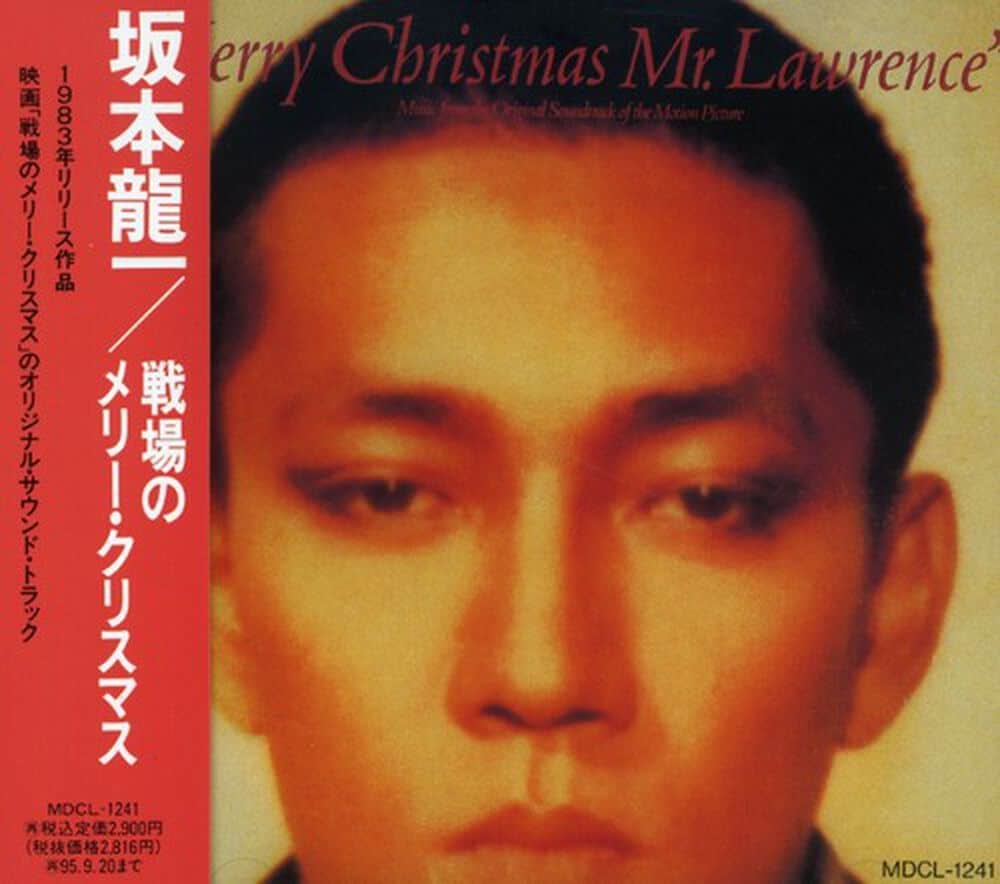 As the obits point out, Sakamoto’s post-YMO career was initially comprised of two tangents: his electronic-oriented solo releases, and his burgeoning work scoring films. What the obits don’t really quite get a handle on is the sheer diversity of his work in the 1980s and beyond, or the albums recorded specifically for the Japanese market and unavailable in the West. Listening to these releases back-to-back would be a confusing experience for many. Some of these are blatantly commercial pop, while others edge close to ambient or traditional Japanese. A few of them, like Esperanto (1985), were amongst my favourite albums of the era, but few Western ears heard them at the time. (That great album has recently been released in the UK for the first time).
As the obits point out, Sakamoto’s post-YMO career was initially comprised of two tangents: his electronic-oriented solo releases, and his burgeoning work scoring films. What the obits don’t really quite get a handle on is the sheer diversity of his work in the 1980s and beyond, or the albums recorded specifically for the Japanese market and unavailable in the West. Listening to these releases back-to-back would be a confusing experience for many. Some of these are blatantly commercial pop, while others edge close to ambient or traditional Japanese. A few of them, like Esperanto (1985), were amongst my favourite albums of the era, but few Western ears heard them at the time. (That great album has recently been released in the UK for the first time).
By the end of the ‘80s, it was clear that Sakamoto had a vision that was global; one that recognised no boundaries and could incorporate a multiplicity of artistry from around the world in a single song. The production on Beauty (1989) is very much of its time (a remix, anyone?) but the way it combines Japanese, African, Indian, Brazilian and other influences was unprecedented at the time. In the ‘90s and into the new century, he would continue to explore with orchestral scores and a series of ambient-oriented collaborations with electronic producers like Alva Noto and Fennesz.
https://www.youtube.com/watch?v=3vA5R8v4l7E
And then there are Sakamoto’s exquisite film scores for Merry Christmas Mr Lawrence, The Sheltering Sky, Little Buddha, and on and on; and his supporting role on the work of other musicians, like his essential contributions to the 1980s work of David Sylvian. It is actually one heck of a thing to comprehend.
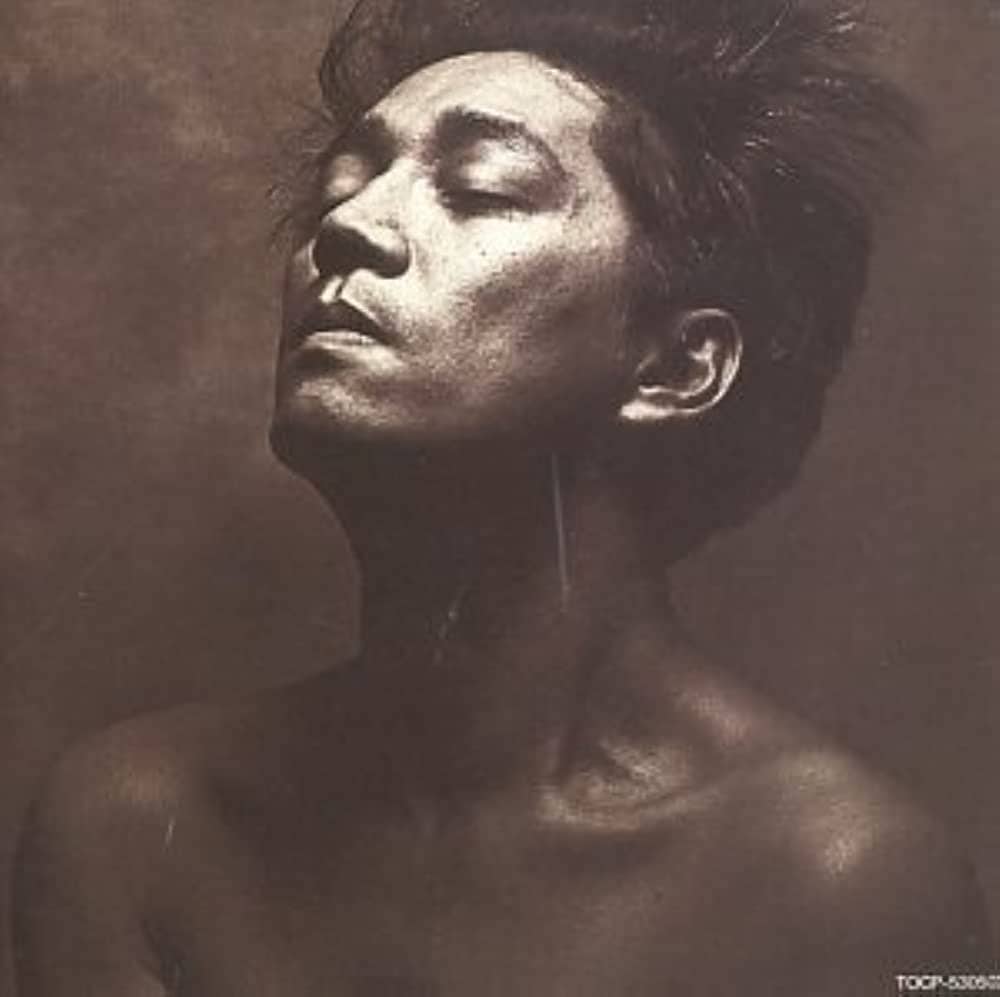 I guess if I had to make one point about Sakamoto it’s the way he refused to be part of just one gang. Western music is full of gang-like behaviour, from the cool school rock kids who love Lou Reed but hate hippy music to earlier incarnations (mods vs. rockers, and on and on). I can’t help thinking of King Crimson’s Robert Fripp, who wore a furrowed brow for many years in the intensely serious King Crimson and who seems to have upset many of his fans with his outlandish and silly YouTube performances with his wife, Toyah Wilcox. If you’re serious, you can’t be seen to be a clown. Humour doesn’t belong in music. If you’re really cool you’ve got to dress like this.
I guess if I had to make one point about Sakamoto it’s the way he refused to be part of just one gang. Western music is full of gang-like behaviour, from the cool school rock kids who love Lou Reed but hate hippy music to earlier incarnations (mods vs. rockers, and on and on). I can’t help thinking of King Crimson’s Robert Fripp, who wore a furrowed brow for many years in the intensely serious King Crimson and who seems to have upset many of his fans with his outlandish and silly YouTube performances with his wife, Toyah Wilcox. If you’re serious, you can’t be seen to be a clown. Humour doesn’t belong in music. If you’re really cool you’ve got to dress like this.
To me, Ryuichi Sakamoto was always super-cool. He was a handsome man with great sartorial sense but his sense of cool came effortlessly, because he was always busy doing what he had to do: to make music without those boundaries that we traditionally and unthinkingly place on our endeavours here on earth. And despite the eclecticism of his music, it was always his music.
Sakamoto loved minimalism but not everything he did was minimal. He wrote many heartbreakingly beautiful melodies but not everything he did was conventionally melodious. He appreciated extreme experimentalism but in the grand tradition of latter-day Beatles, Zappa and others, he catalysed those influences to bring them to a wider audience. And he did it all with style and an open heart.

